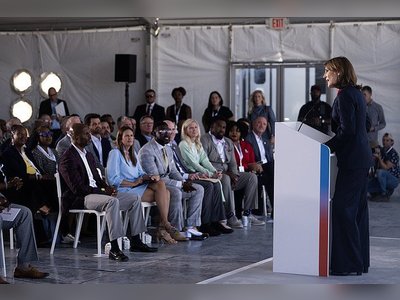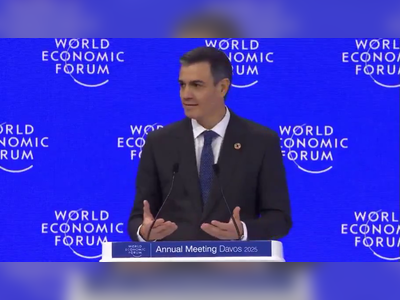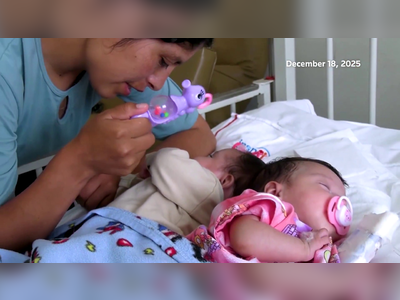Female Footballers' Earnings Remain Low Despite Growing Popularity
FIFA report reveals stark salary disparities in women's football globally, with only a few clubs offering competitive wages.
The average annual salary of female footballers worldwide is approximately US$10,900, according to the 2024 FIFA Women's Football Benchmarking Report.
This report analyses earnings and other conditions for female players across 86 leagues and 669 clubs, revealing that the average salary in top-tier leagues rises to about US$24,030.
Currently, only 16 clubs across seven countries provide female footballers with annual salaries exceeding US$50,000.
The report highlights significant variations in pay across different leagues and countries, illustrating the ongoing financial challenges that many female players face.
In Australia, for instance, the minimum wage in the A-League Women competition is set at AUD 25,750 for senior players and AUD 12,800 for scholarship players.
The chief executive of Professional Footballers Australia, Beau Busch, acknowledged the report's strengths but pointed out that the A-League Women is experiencing talent drain as players are drawn to more lucrative leagues such as the Women’s Super League in England and the National Women’s Soccer League in the United States.
The FIFA report categorizes leagues into three tiers: Tier 1, representing the most professionalized leagues, and Tier 3 for those still developing.
Nearly 75% of players in Tier 1 leagues reported that football is their primary source of income, compared to about 50% in Tier 2 leagues and only 20% in Tier 3 leagues.
Players in the A-League Women typically sign one-season contracts lasting 35 weeks.
In contrast, less than one-third of contracts in Tier 1 leagues globally are shorter than a year.
The report also noted the strategic growth of the A-League Women, mentioning an increase in the number of teams and games compared to previous seasons, alongside a notable rise in outbound transfer fees for players like Sharn Freier, whose transfer from Brisbane Roar to VfL Wolfsburg reportedly broke her club's record.
Among the areas for improvement, Busch emphasized the need for enhanced professionalism, better match presentation, and building on the momentum from upcoming events like the Women’s Asian Cup in 2026. He stressed the importance of leveraging recent opportunities to solidify a lasting legacy for Australian women's football.
This report analyses earnings and other conditions for female players across 86 leagues and 669 clubs, revealing that the average salary in top-tier leagues rises to about US$24,030.
Currently, only 16 clubs across seven countries provide female footballers with annual salaries exceeding US$50,000.
The report highlights significant variations in pay across different leagues and countries, illustrating the ongoing financial challenges that many female players face.
In Australia, for instance, the minimum wage in the A-League Women competition is set at AUD 25,750 for senior players and AUD 12,800 for scholarship players.
The chief executive of Professional Footballers Australia, Beau Busch, acknowledged the report's strengths but pointed out that the A-League Women is experiencing talent drain as players are drawn to more lucrative leagues such as the Women’s Super League in England and the National Women’s Soccer League in the United States.
The FIFA report categorizes leagues into three tiers: Tier 1, representing the most professionalized leagues, and Tier 3 for those still developing.
Nearly 75% of players in Tier 1 leagues reported that football is their primary source of income, compared to about 50% in Tier 2 leagues and only 20% in Tier 3 leagues.
Players in the A-League Women typically sign one-season contracts lasting 35 weeks.
In contrast, less than one-third of contracts in Tier 1 leagues globally are shorter than a year.
The report also noted the strategic growth of the A-League Women, mentioning an increase in the number of teams and games compared to previous seasons, alongside a notable rise in outbound transfer fees for players like Sharn Freier, whose transfer from Brisbane Roar to VfL Wolfsburg reportedly broke her club's record.
Among the areas for improvement, Busch emphasized the need for enhanced professionalism, better match presentation, and building on the momentum from upcoming events like the Women’s Asian Cup in 2026. He stressed the importance of leveraging recent opportunities to solidify a lasting legacy for Australian women's football.












